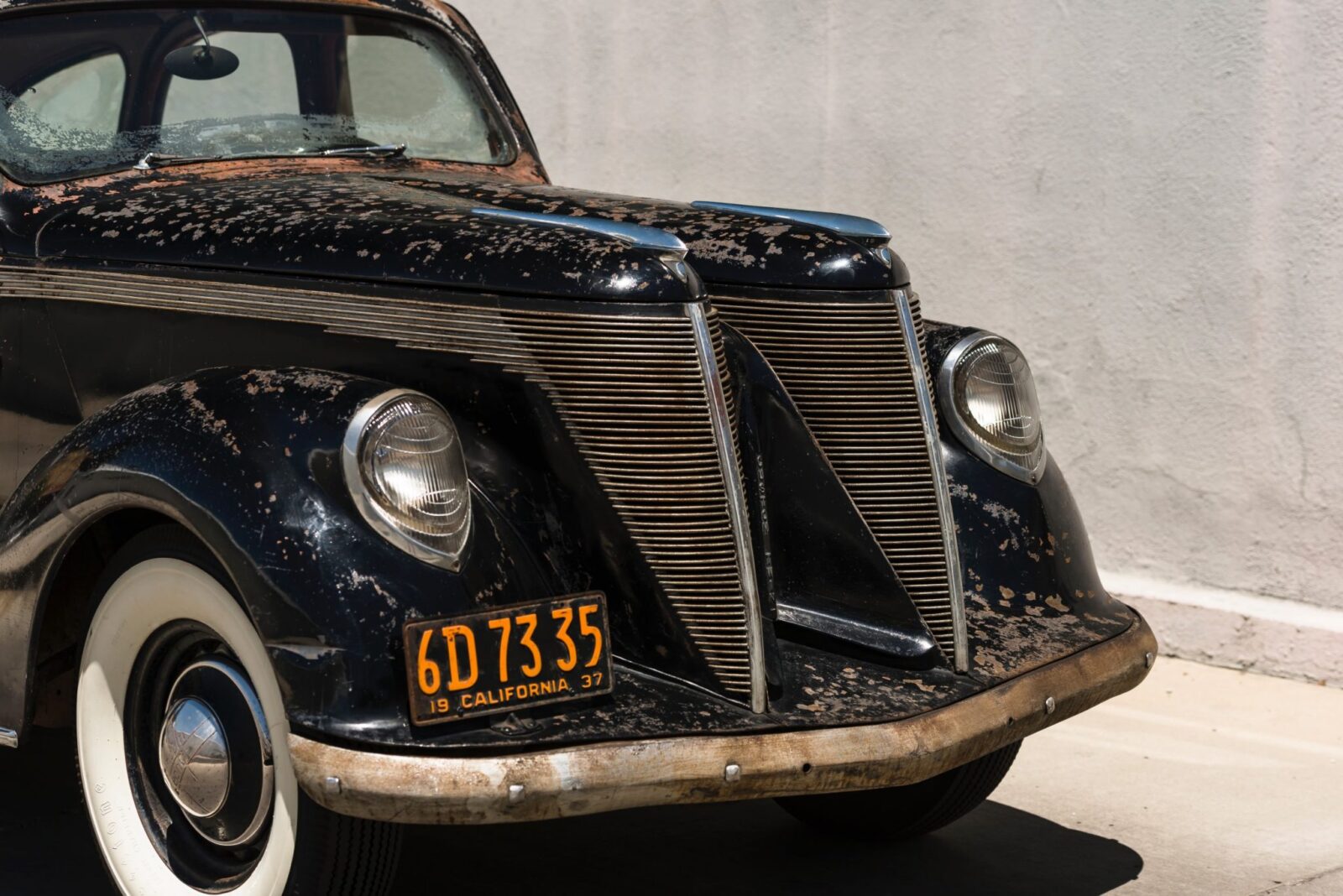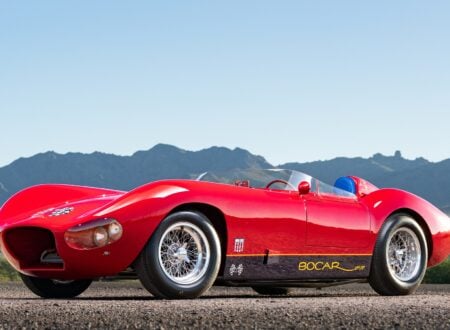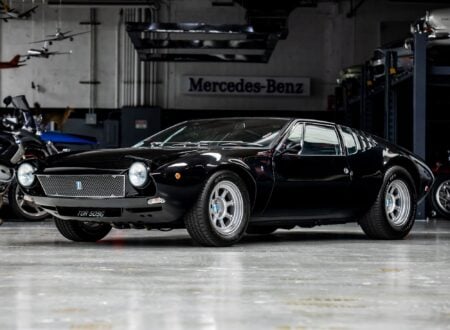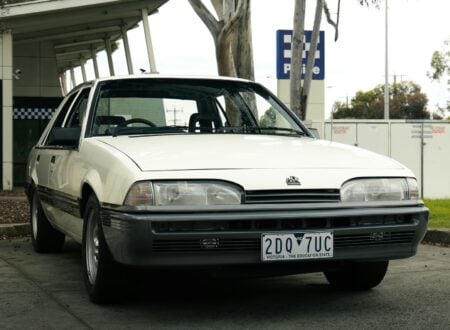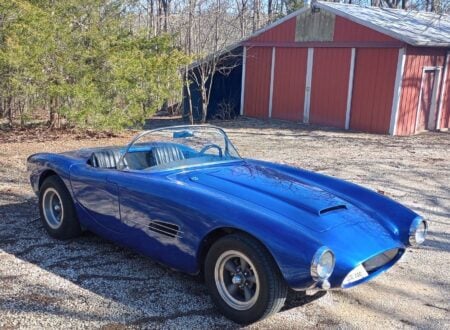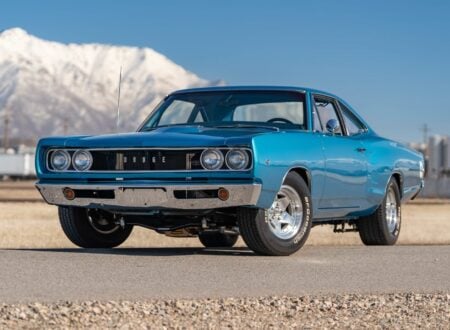A Brief History of the Lincoln-Zephyr V12
The Lincoln-Zephyr V12 made its first appearance in 1936, its impressive V12 engine was a stark contrast to its competitors – namely the LaSalle with its V8 and the Packard One-Twenty with its straight-8.
The Lincoln Motor Company is a division of Ford, established to give Ford a presence in the luxury vehicle market. The design of the Lincoln V12 was loosely based on the legendary Ford Flathead V8 that had made its first appearance in 1932.
Whereas the Ford V8 had a V-angle of 90°, the Lincoln-Zephyr H Series V12 had a slightly narrower V-angle of 75°. The valve-in-block design did suffer some of the same problems as the Flathead V8, mainly with overheating due to the exhaust passages through the block. There were some benefits to the Flathead V12 however, it was relatively simple to make and quite reliable, it was also quite short which allowed a low hood line and improved aerodynamics.
The first generation of H Series V12s had a capacity of 267 cubic inches (4.4 liters) with 110 hp at 3900 rpm and an impressive 180 lbf.ft of torque from 400 rpm all the way up to 3500 rpm. Hydraulic lifters were added in 1938, and in 1940 the larger 292 cubic inch (4.8 liter) engine made its debut. 1942 would see the introduction of the 306 cubic inch engine, however production would be stopped for the war, not beginning again till 1946.
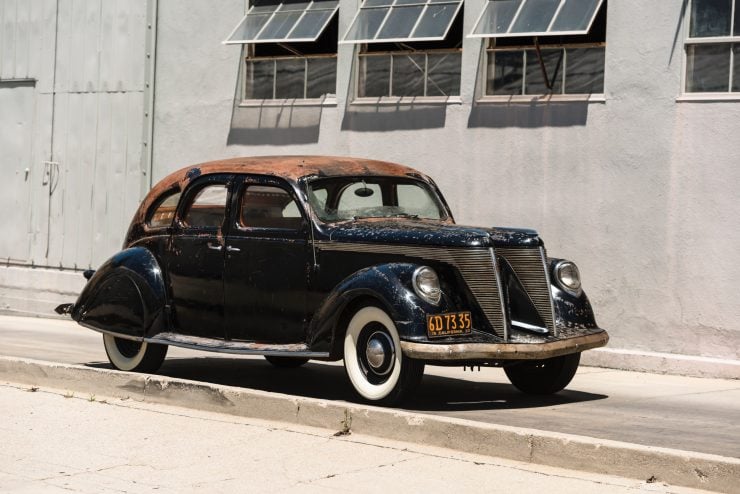
From a design perspective the Lincoln-Zephyr V12 was quite advanced for its time, it was designed by Eugene Turenne Gregorie following an initial brief by Edsel Ford. Despite the fact that Gregorie was a high school dropout he went on to become the head of Ford’s automobile design department.
Eugene Turenne Gregorie had started his working life in the shipyards of Elco Works in New Jersey, and he later worked at Cox & Stevens, a yacht designing firm in New York. This early foundation in boat design stood him in good stead for automobile design, his first major car design was the 1936 Lincoln-Zephyr, which would later be named “the first successfully streamlined car in America” by the Museum of Modern Art in New York.
Under the skin the engineering was developed by John Tjaarda, who specified a strong unibody structure, combined with the Gregorie-designed body the Lincoln-Zephyr V12 has an impressive drag coefficient of 0.45.
The Story of the Lincoln-Zephyr V12 “Twin-Grille”
It seems that the motivation that drove Willard L. Morrison of Lake Forest, Illinois to create the “Twin Grille” Lincoln-Zephyr V12 has been forever lost to history – however there are quite a few educated guesses out there.
The most likely explanation is the most obvious, the twin grilles were developed to double the cooling capability and banish the problems suffered by the oftentimes too-warm V12.
There is quite a bit of evidence to support this theory first put forward by Matt Klingler. Firstly, the two grilles aren’t just decorative, the radiator was spilt to function behind both grilles and paired with a radiator overflow tank.
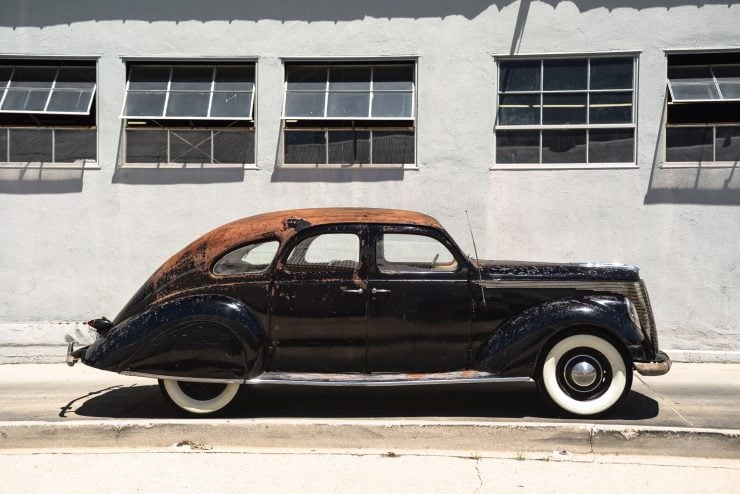
The other reason for the twin grille arrangement was laid out in the original 1936 patent filing by Willard L. Morrison, which explained that the gap between the two grilles improved forward visibility, particularly for “small people and women”.
The most obvious solution to this problem would have been to lower the front prow of the car, similar to the Chrysler Airflow, but this would have reduced the potential for cooling, which could have been catastrophic for the V12.
The car you see here is the only one like it in the world, it was designed by Willard L. Morrison to showcase his design, which perhaps not surprisingly never really caught on. For reasons lost to history it also has a ½ inch thick steel safe in the trunk, perhaps to keep the patent paperwork safe.
Auctions America will be selling the Lincoln-Zephyr V12 “Twin-Grille” in Santa Monica on the 24th of June with an estimated value of between $70,000 and $85,000 USD. As you can see it’s in unrestored condition, and was formerly part of the Lee Roy Hartung Collection.
If you’d like to read more about it or register to bid you can click here to visit the listing.

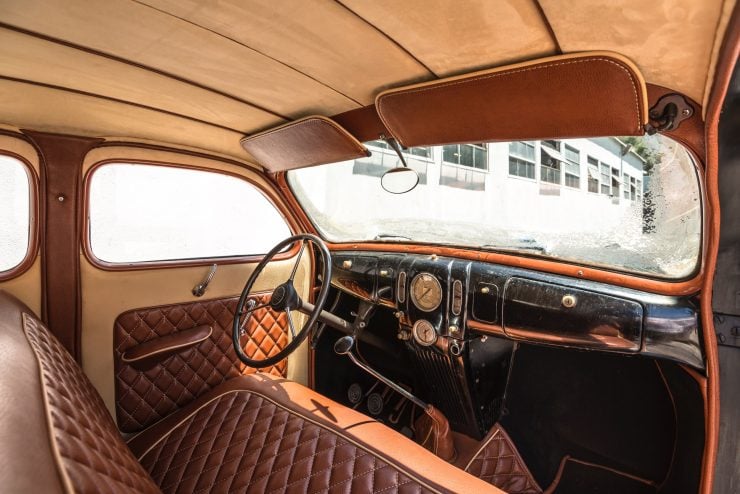
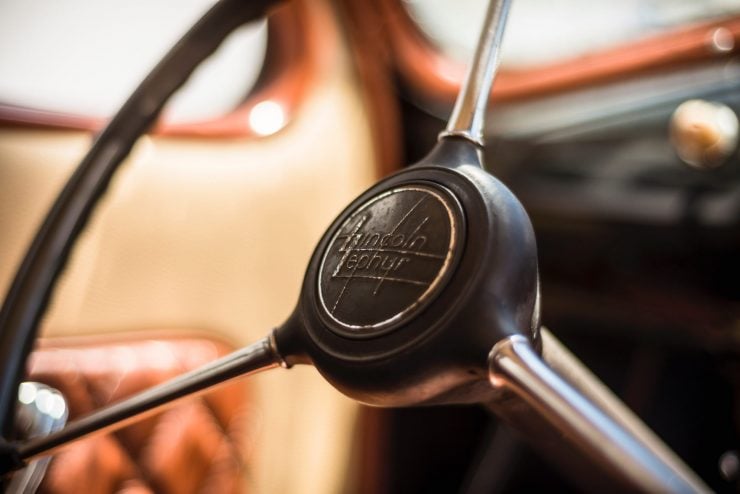
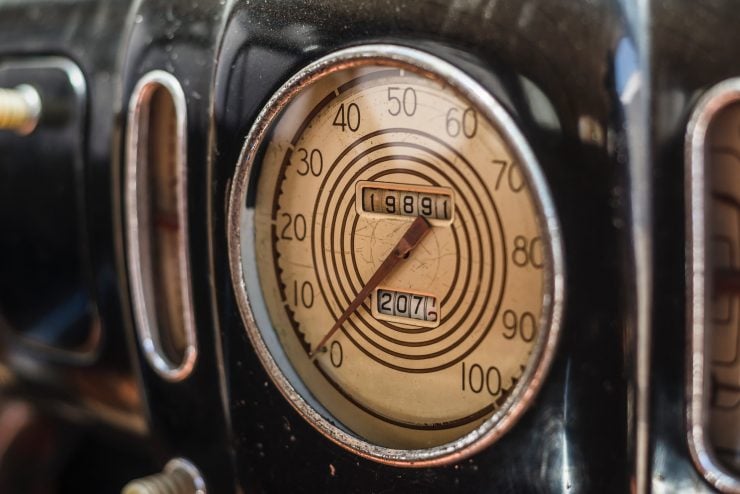
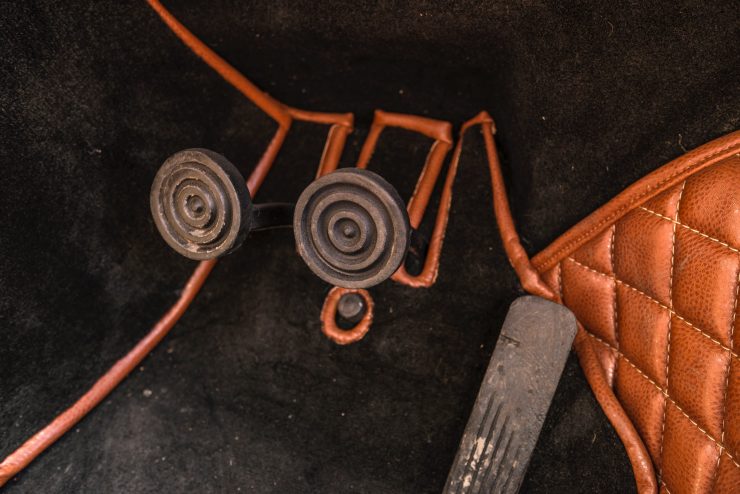
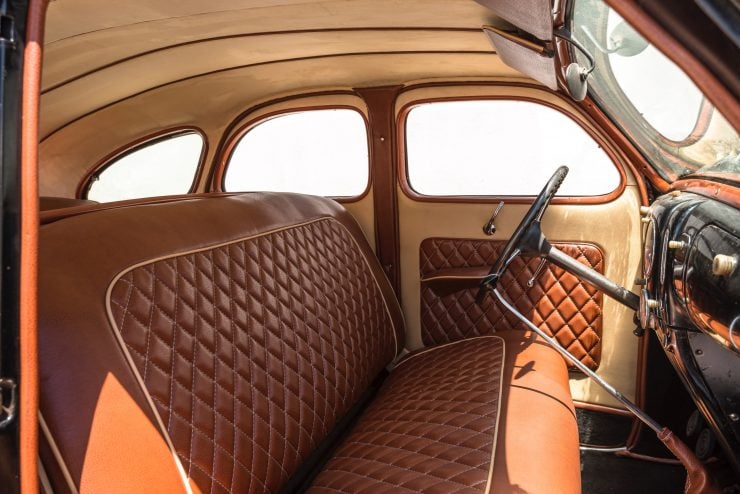

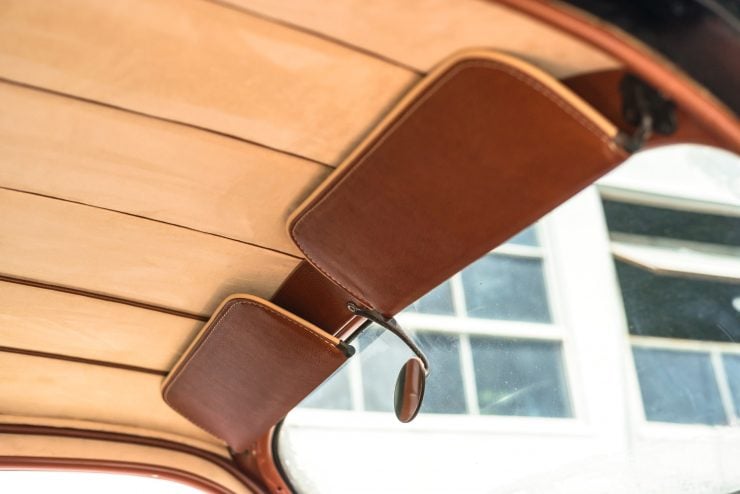
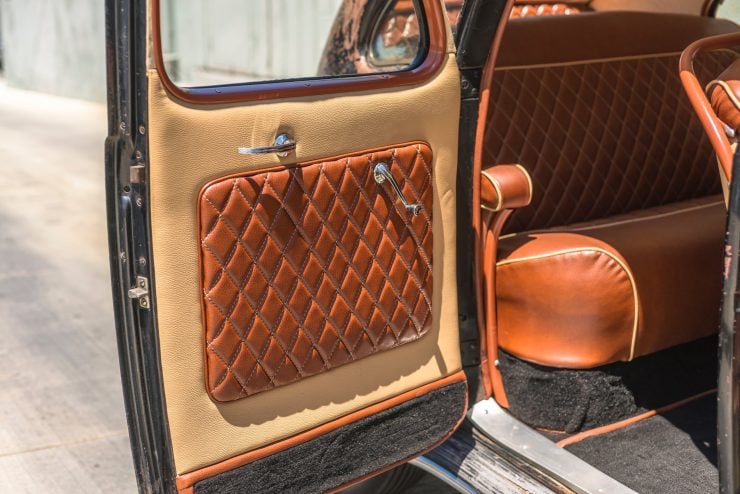
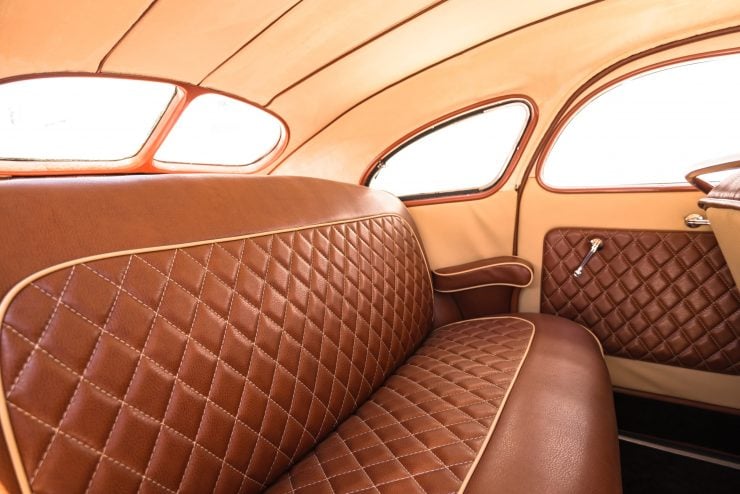
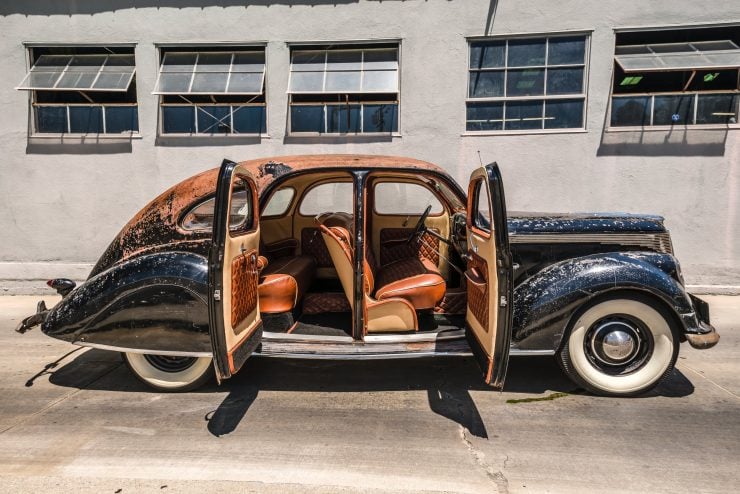
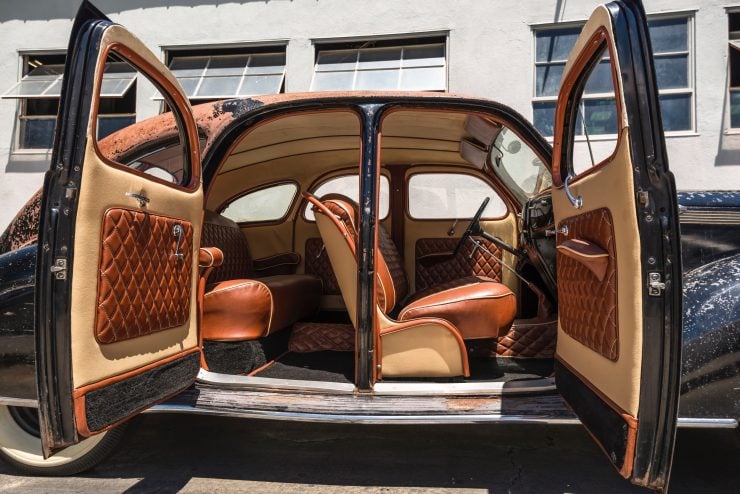
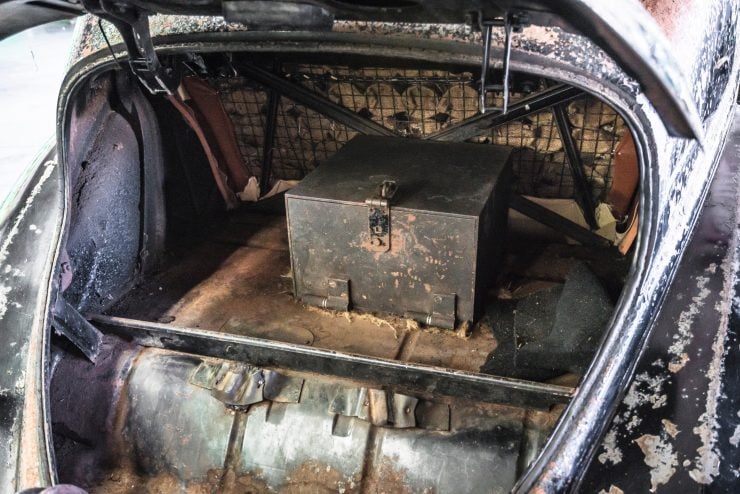
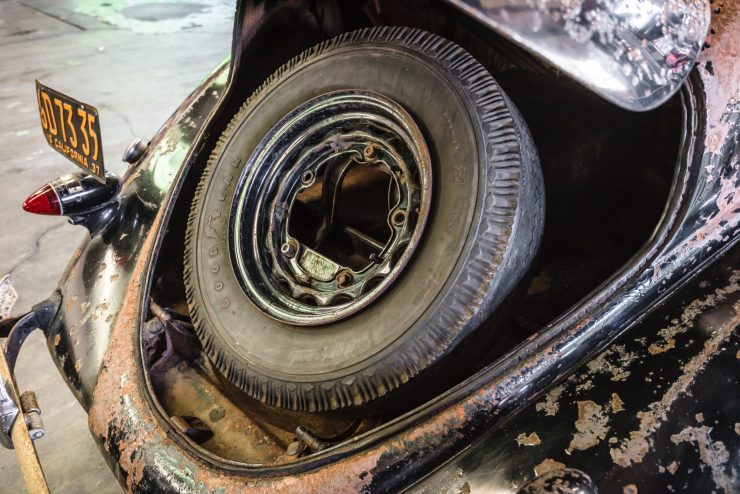

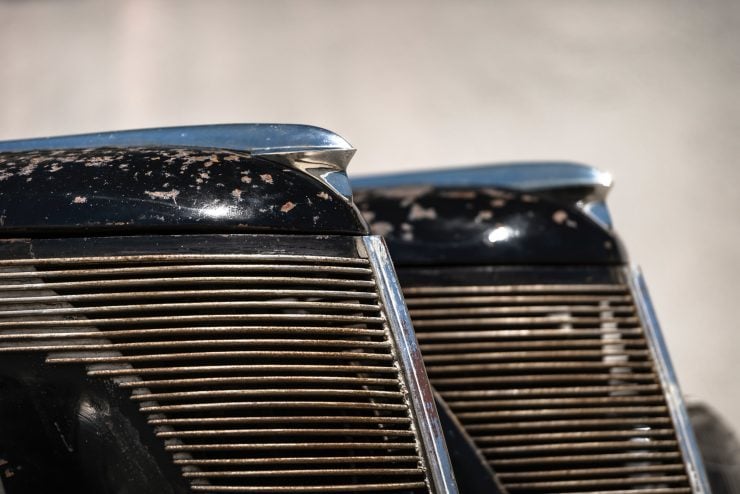
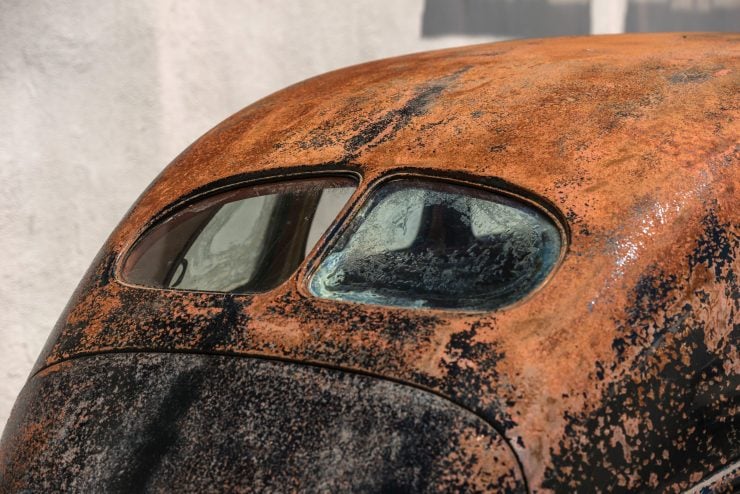
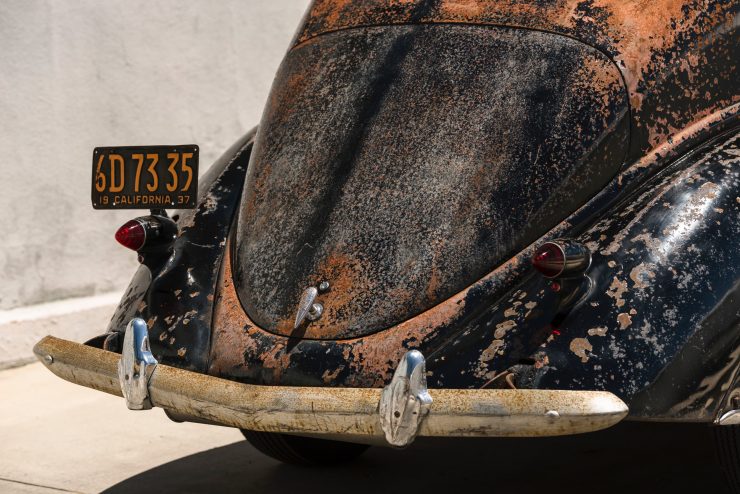
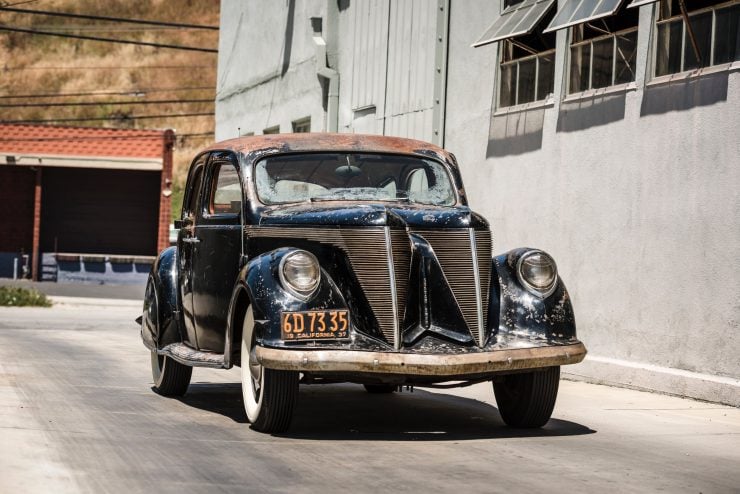
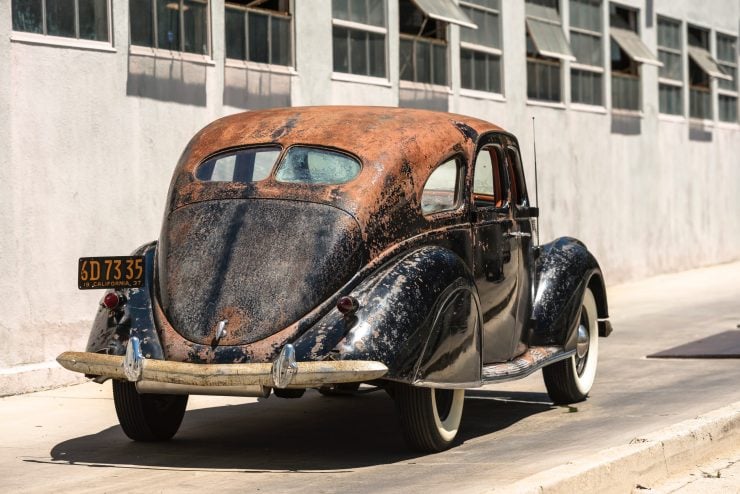
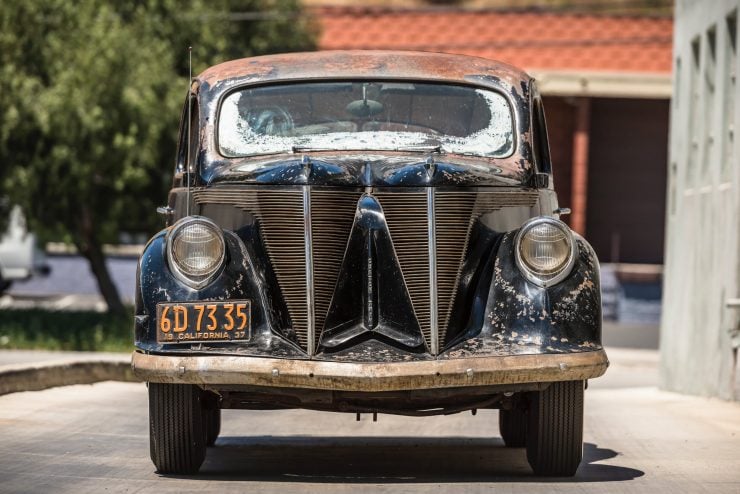
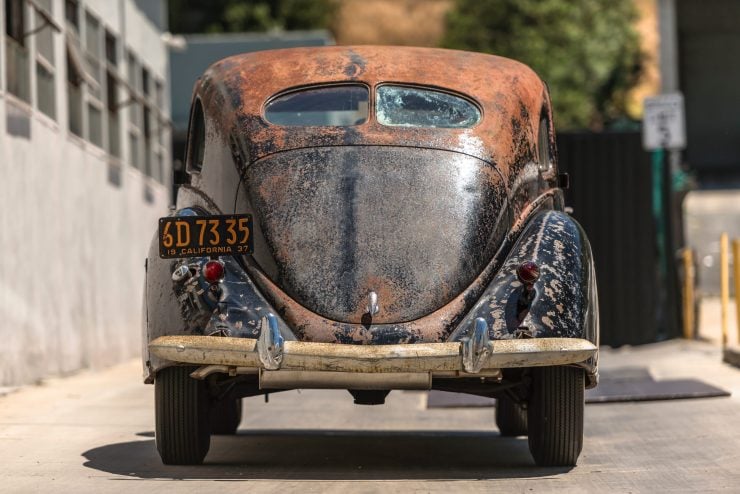
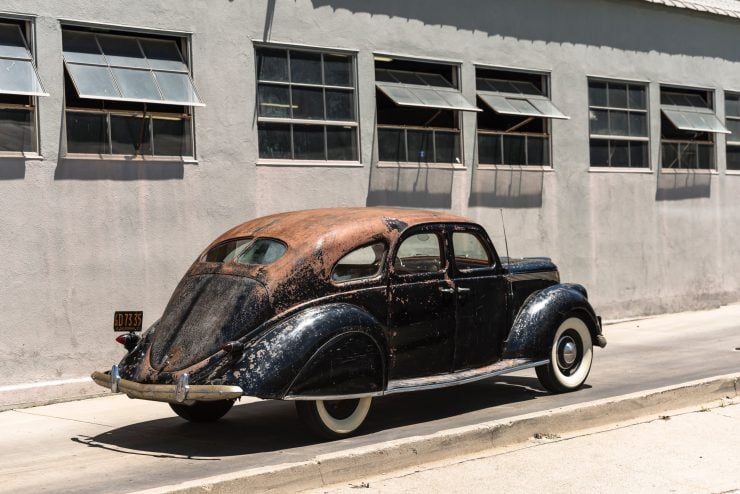
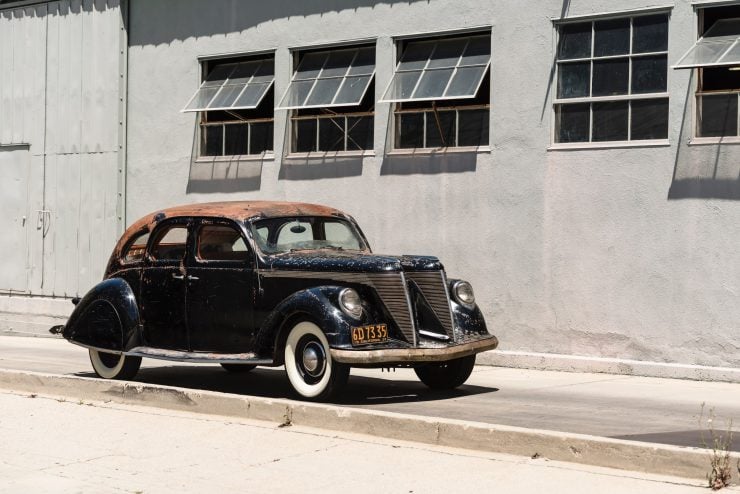
Photo Credits: Robin Adams © 2017 Courtesy of RM Sotheby’s

